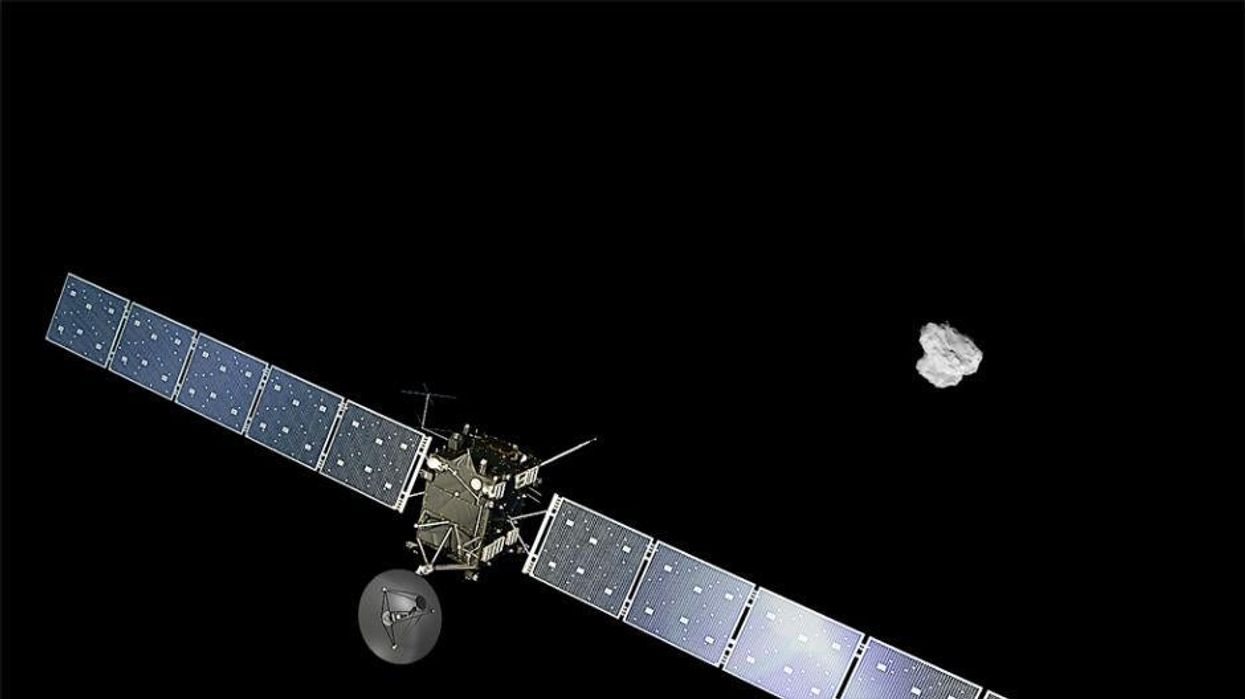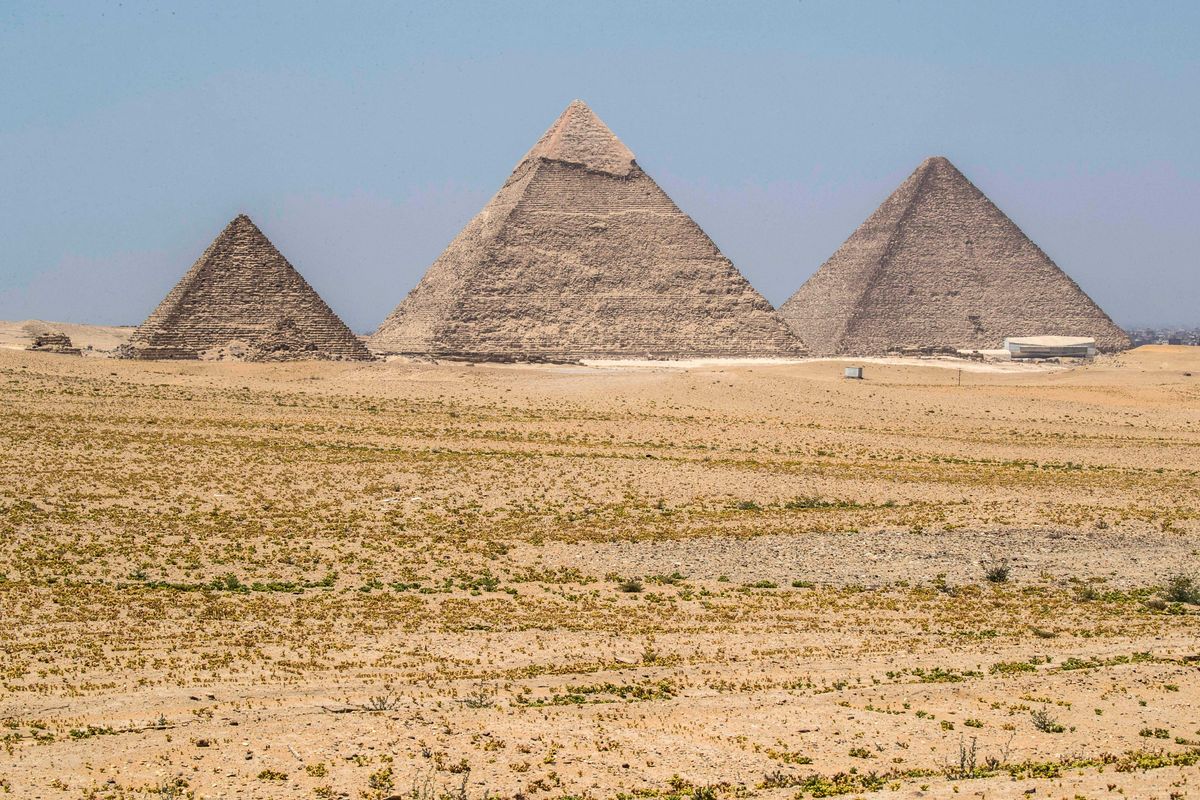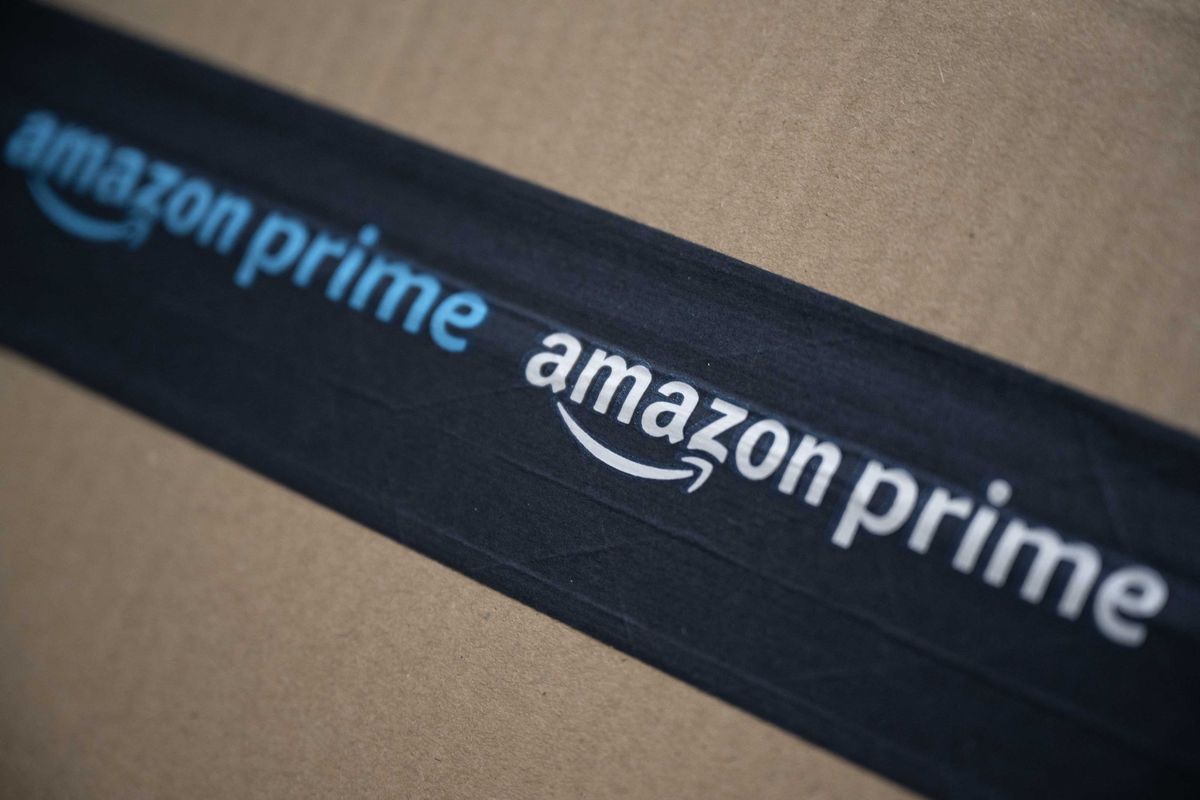Science & Tech
Katie Grant
Aug 06, 2014

Is there life on Mars?
The jury’s still out where the Red planet is concerned, but scientists are hopeful that a three-tonne spacecraft named Rosetta will soon be able to provide insights into the origins of the Solar System and life on Earth.
The European-built space probe is due to encounter a comet today following an epic decade-long journey across the Solar System.
Talk about a long-haul flight…
Rosetta, which has travelled four billion miles through space since it was launched in 2004, is due to arrive at its target - a 2.5-mile wide comet known as 67P/Churyumov-Gerasimenko - at 1pm today.
It will then begin orbiting the comet as it travels at 34,175mph around the sun, before attempting to land on the comet later this year.
Scientists believe that the mission will help them gain an understanding of the volatile environment on the surface of the icy comet, which is made up of remnants of debris that helped to form the Solar System more than four billion years ago.
What exactly will Rosetta be doing out there?
The space probe will spend several months mapping the comet, which has been nicknamed the “rubber duck” due to its shape, as it orbits 62 miles above its surface. In November, Rosetta will deploy a small robotic lander, Philae, which will steer itself to the comet’s surface and send back images.
Together, Philae and Rosetta - which is named after the Rosetta Stone, the slab of basalt now found in the British Museum which bore inscriptions that helped archaeologists decipher ancient Egyptian hieroglyphs – will conduct the most detailed analysis of a comet that has ever been attempted.
How did scientists help Rosetta prepare for the big event?
Controllers at the European Space Agency’s operations centre in Darmstadt, Germany, have been putting Rosetta through a series of manoeuvres that are designed to reduce its speed by around 1,740mph.
Repeated burns of the craft’s thrusters have been made to slow Rosetta and position the craft alongside the comet.
“This is a historic and hugely exciting moment for the Rosetta Mission,” said Professor Richard Holdaway, the director of Rutherford Appleton Laboratory in Oxford, which helped build the probe.
“We are very proud of our involvement and eagerly anticipate receiving the first results.”
Update: Jubilation as Rosetta probe becomes first to orbit around comet
Top 100
The Conversation (0)













